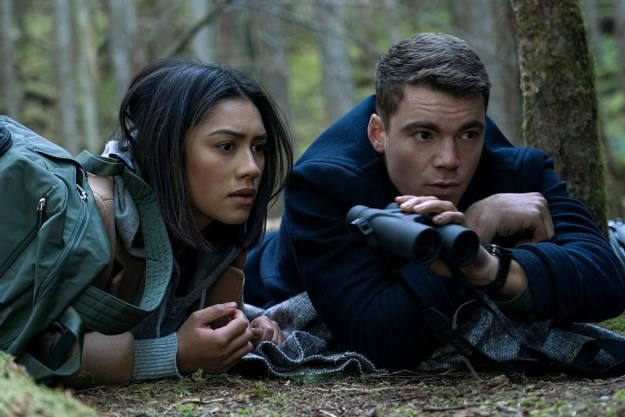Stuck inside during the long months of quarantine, outdoor lovers around the world were forced to get their nature fix through the portal of their screens. From virtual National Park tours to backyard camping “trips” shared on Zoom to the feeds of Instagram’s most renowned nature photographers, this digital connection to nature has both tided us over, and stoked our desire to return to the wild.
For me, few photographers have served this purpose better than Christian Dalbec, a photographer who has spent more than a decade documenting the rugged, rarely explored shoreline of Lake Superior from a vantage point even more rare: Within the lake itself.
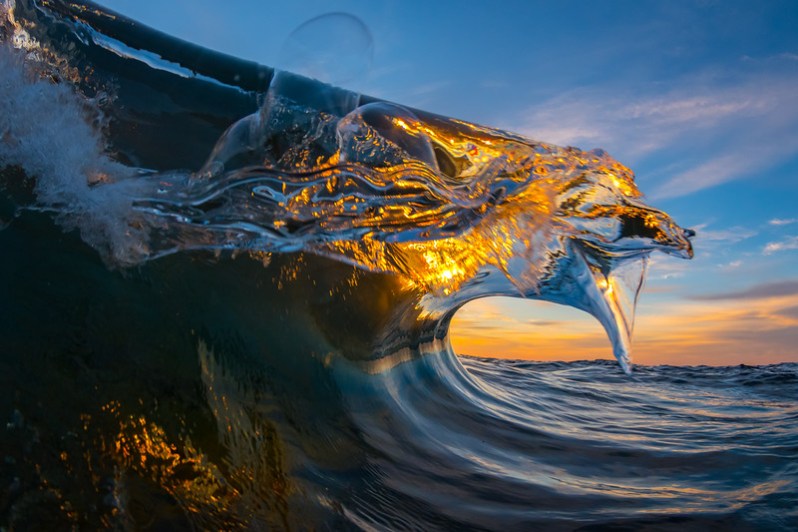
Christian grew up in Two Harbors, MN on the uppermost tip of Lake Superior’s north shore. Like a lot of kids, he grew up playing beside the Big Lake, hunting with his dad, finding places along the rocks to cast and fish. Back then, it was a place where people lived small, intimate lives. No big houses, few summer people. Locals got by on what they could fish.
Most people left the remote area after high school to pursue careers in the city. Christian stayed, working a series of odd jobs, discussing the rise and fall of water levels, and drinking. Lots of drinking, actually. Ten years ago, he was up to three drinks per day. “I wasn’t in super bad health,” he recalls, “but I could have been if I’d kept going.” A dirt bike accident finally made him hit pause. He sold the bike and headed for rehab with a broken leg and a realization that something had to change. “I was almost 50, and I thought, ‘Man, I’ve got to see what the rest of this life is like.’”
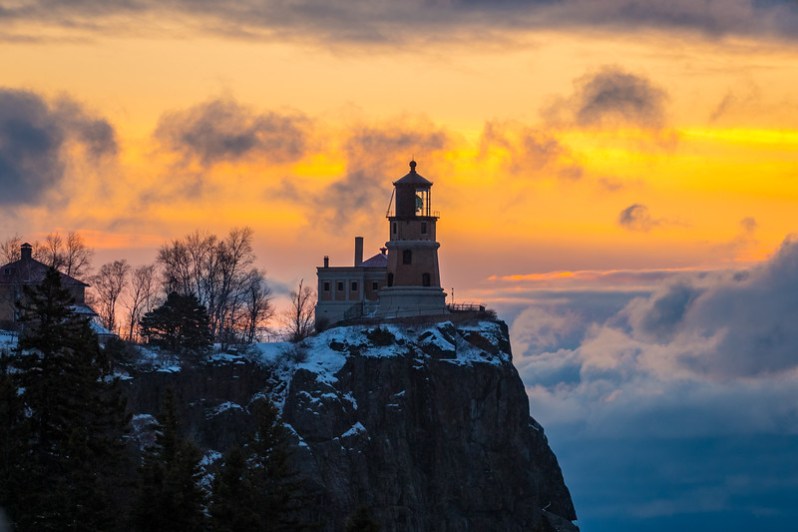
After rehab, Christian dutifully dove into the world of AA. But another passion was soon to intervene. He’d used the proceeds from his sold dirt bike to buy a camera, and began exploring the shoreline with it, as a way to take his mind off having nothing to do. At first, he took pictures of nothing, he says — images of the rugged northern coast, scenes he’d encounter while walking around town, even portraits at the bar he used to frequent. His work began getting noticed, both around town and online. A fan sent him a Facebook message with a link to the work of Australian ocean photographer Ray Collins, saying, “You should do this.”
“At first, I was like ‘All that water gear? Too expensive.'” But the more Christian looked at the lake, the more he thought about it. If nothing else, it was a way to get away from all the other photographers. He used to scuba dive — how hard could it be?
Hard enough, it turned out. In 2012, just as he was getting acquainted with water photography, Christian almost drowned. He’d been following the Lake Superior surfers — a hardy (some might say foolhardy) bunch who paddle out in the iciest conditions imaginable, surfing unpredictable breaks and rip tides during the lake’s coldest and most ferocious time of year. The lake was hitting about 10 feet on the reef, waves cresting in breathtaking curls before smashing into the rocks. Christian wanted one of those curls.
“I was swimming out there and passed by one of the surfers named Laddie — he was shaking his head. He said ‘Don’t go out there.’ All of a sudden, the Three Sisters come in.”
The Three Sisters refer to a trope out of modern Northern mythology — a series of towering rogue waves that are famous for pulling surfers, sailors, and even ships down into the lake’s ice water mansion. Christian turned around just in time to see the first one breaking right over his head.
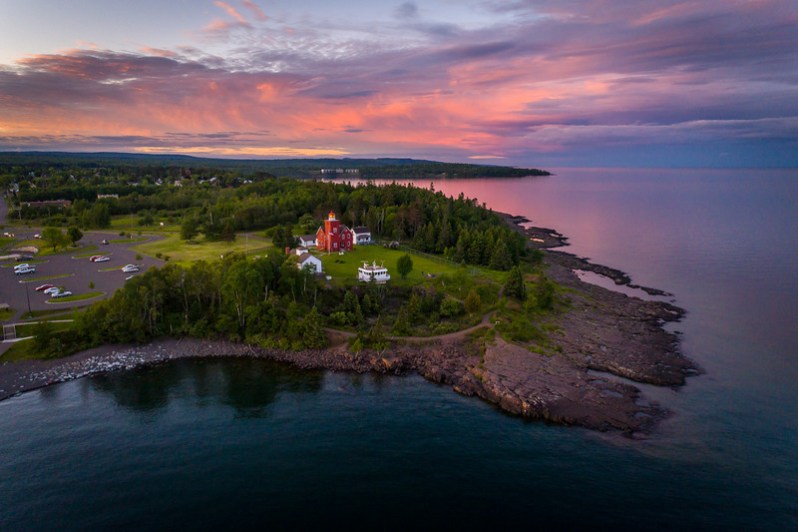
“I didn’t know what to do, so I laid at it like a surfboard. It took me down, and I was down there for a long time, until I thought ‘I’ve got to breathe.’ I popped up at the last second, got a breath, and then the next one came and took me down. It took a fin off — I had a camera in my hand and just one fin. I could barely move.”
With the third sister already cresting, Christian began looking for help, but the surfers were looking after themselves, not paying attention to a hapless photographer tumbling in the break like a lone sock in a washing machine. He was pretty sure he was drowning, right up until the moment he washed up on the shore. Later, fellow photographer Eric Wilkie sent Christian a shot of himself, trudging back along the shore with one fin on his foot.
“I remember thinking ‘I’ll never get in the water again.’ But then I thought, there’s all those guys out there. What do I need to know?’” A little YouTube research taught him some important tips, like how to duck dive and the importance of wearing weights for buoyancy.
“If there are waves now, I dive down to the bottom and just hold onto a rock, and look up and wait until it’s okay to come back up. I can stay about 30 or 40 seconds down there. I use a snorkel all the time now, too.”
Still, that occasion was far from the last time he encountered danger. Rare south winds have turned the usual waves into 8-foot rollers that pulled him out into open water, only to mercifully throw him back onto the point. He watches apps for weather and wave height, checking the forecast even once his gear is packed up before he heads out for the 20-mile trip to Split Rock or his other, more secret spots. But, he says, “You can never really get it — the lake always throws a curveball.”
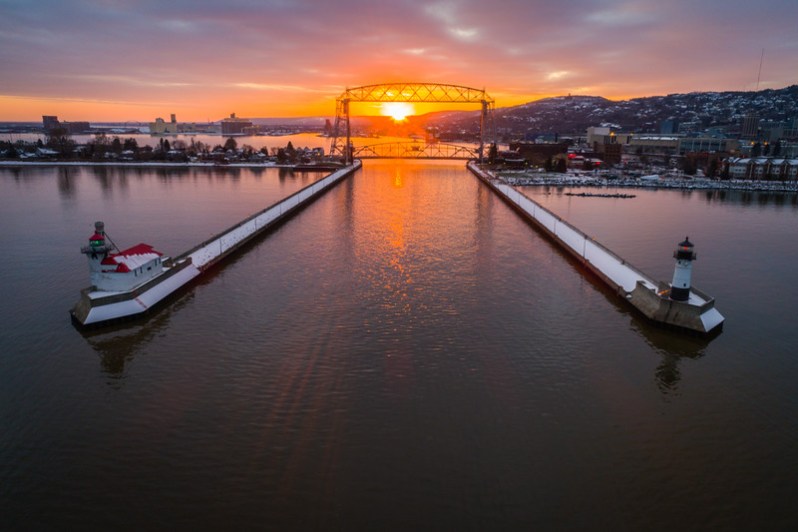
None of that has stopped his quest for the perfect wave photo. Like so many others before him, he’s in the thrall of the big lake. “I have kind of a one-track mind, I guess. I don’t think much about much else. I just go after the waves.”
Most days, Christian is on his way to the shore before 4 a.m. He loads up his vehicle the night before with all his gear — four cameras, two waterproof housings, an 8mm wetsuit, even in the summer. “I can still remember when we were kids, jumping in the lake in our skivvies, the pins and needles when you’d dive in. You’d have to get out instantly, even on 80-degree days.” That said, the water’s frigid temperature is more of a memory than a present experience — working keeps him warm, or at least distracted. “As long as you’re keeping your body moving, you don’t get too cold.”
After a 20-mile trip, he arrives at the beach a good 15 to 20 minutes before daybreak, so that he has a few minutes to check the real-time conditions. If they look all right, he’ll get suited up and make his way down to the water, flashing the “shaka” sign for good luck before plunging in. If the day dawns bright, he’ll spend an hour or more in the water shooting images. Otherwise, he’ll put the cameras back on shore, then swim around the reef for a while, studying the waves from beneath the surface.
“After that, I’m thinking about coffee. I’ll text the wife that I’m safe so she isn’t worried, and have my coffee on my way back. I like that little drive, thinking about what I did, what I’m doing. Then I’ll come home, usually around 6:30 or 7, and edit for an hour or so.”
There are days when the waves are too big, or the light isn’t any good, or there’s no one around — all reasons to stay on shore. Usually, anyway. But most of the time, Christian can find a reason to get in the water. “It’s all about being motivated, and just doing it. You can stand on shore all day, or else you can just go.”
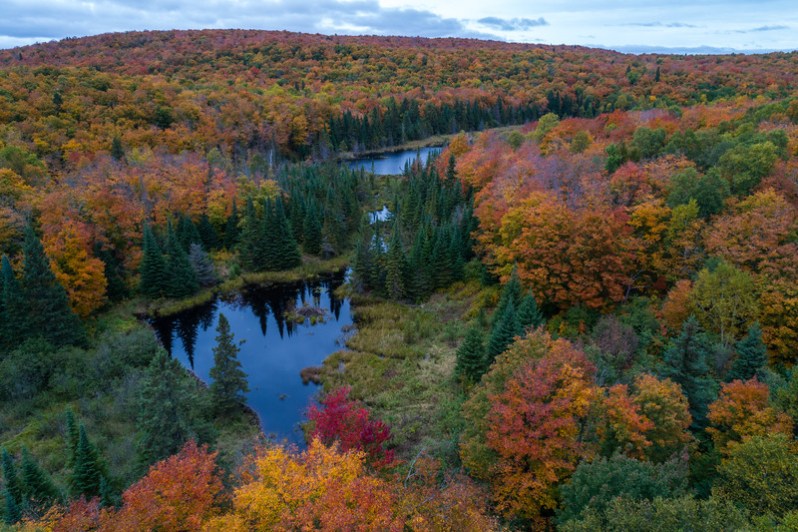
Some days, he’ll explore the shipwrecked freighters that litter the coastline. The Madeira, a ship that wrecked in 1905 just north of Split Rock, is spread out around the reef in just 20 feet of water, shallow enough that you can see the ship’s ghost from the surface. Another wreck, the Ely, sits inside a breakwall right in Two Harbors Bay — Christian can practically see it from his house, though actually getting to the wreck requires taking a boat across the harbor.
“A lot of things run through your mind when you’re looking at a shipwreck. How old it is, what was it like when it was floating, how it went down.” The speculation factor is what makes it eerie — the stories are fragmentary at best, since no Big Lake wreck survivors have lived to tell the tale.
While the long months of quarantine kept many outdoorsy types cloistered from public trails, parks, and beaches, Christian is one of the rare exceptions to the quarantine’s limitations. Lake Superior’s forbidding cold and jagged coast mean that, even under normal conditions, Christian typically has the shoreline more or less to himself. But he’s not greedy — his Instagram feed is full of motivational captions that would make even tenderfoot types want to experience the lake’s cold embrace.
But now that restrictions on travel and outdoor recreation beginning to lift, Christian is as curious as anyone to see what happens to the area’s seasonal influx in the wake of pandemic. He wouldn’t be surprised to see a tourism boom, as people flee the confines of their home and seek the solace of nature. A far-flung location like Two Harbors, surrounded by the pure beauty of the boreal forest and washed with the cool lake breeze, is likely just what city dwellers need to recover from the physical and mental stress brought on by coronavirus.
“Nature heals,” he declares quietly. “If you can, get outside, sit on a rock, and watch a lake move in front of you. Sit there as long as you can, feeling it smash against the rocks, tasting the air. It’s very therapeutic — it’s a sense of calmness and peace. If I wasn’t able to go out and do what I’m doing, I don’t know where I’d have ended up. Being out there, I forget about about what’s on the TV, because I’m thinking about other things — what’s coming, looking at the waves.”
While he’s never been very religious, his time in the water has become something of a sacred ritual.
“Every time I go to the lake, it’s like my own church session. Especially during a nice sunrise, it’s like you’ve been blessed.”
